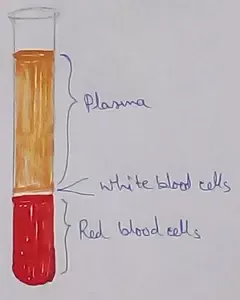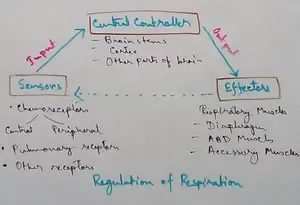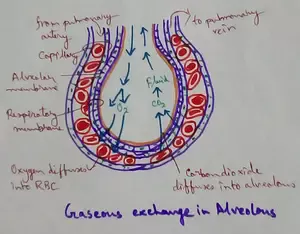Measurement of Length
We will discuss here about the methods of measurement of length of a substance. In a dress material shop we must have seen salesmen using a long metal bar to measure the cloth. This is called meter stick. The length of that stick is one meter (m). If we notice carefully, we will find that there are many small marks engraved on it. There are 100 such marks graduated equally in the meter stick. The length between two graduations is one centimeter (cm). It means 100 centimeters make one meter.
Centimeter (cm) is the most common unit of length to measure any part of a geometric figure we draw in our book. There are several other units, used to measure lengths of different articles.
Some of
the lengths of different articles are mentioned below:
|
Article |
Unit |
Relative value |
|
1. Thickness of a metal sheet, ply-board, glass plate, etc., |
Millimeter (mm) |
1/10 centimeter |
|
2. Pen, pencil, smaller pieces of cloths, etc. |
Centimeter (cm) |
1/100 meter |
|
3. Longer pieces of cloths, football or cricket grounds, running tracks, etc. |
Meter (m) |
100 centimeter |
|
4. Roads, rail tracks, etc. |
Kilometer (km) |
1000 meter |
The above mentioned units are known as Metric units. Another system of units is also used where the unit of length is inch. 12 inches make a foot, 3 feet make a yard and 1760 yards make a mile.
The scale we have in our geometry box is marked with two types of units at its two edges. One edge is marked in centimeter and another is marked in inch. Both centimeter and the inch units are further divided into 10 equal divisions.
From Measurement of Length to HOME PAGE
Recent Articles
-
What Is Plasma? | Blood Plasma | Proteins | Nutrients | Cholesterol
Nov 07, 25 10:29 AM
Blood is a mobile fluid which is a connective tissue and is derived from the mesoderm like cell any other connective tissue. Colour of blood is reddish and that flows inside the blood vessels by means… -
Disorders of Respiratory System | Tuberculosis | Pleurisy | Emphysema
Oct 28, 25 11:39 PM
Tuberculosis is very common disease and is caused by a type of bacteria called Mycobacterium tuberculosis. This disease causes different trouble in the respiration and infection of several parts of th… -
Regulation of Respiration | Respiratory Centres | Inspiratory Area |
Oct 14, 25 12:13 AM
Respiratory Centre is the area that controls the rate of respiration and it is observed to be located in medulla oblongata and pons. Respiratory Centre has the following will dispersed components like… -
Explain Transport of Gases | External Respiration | Tissue Respiration
Oct 09, 25 11:35 PM
In humans gaseous exchange is completed in the following ways the steps are - External Respiration or Breathing - Breathing in false taking in of Oxygen and giving out of carbon dioxide in the body. M… -
Kind and Number of Teeth | Location of Teeth in Mouth | Care of Teeth
Sep 11, 25 12:52 AM
Kind and Number of Teeth





New! Comments
Have your say about what you just read! Leave me a comment in the box below.